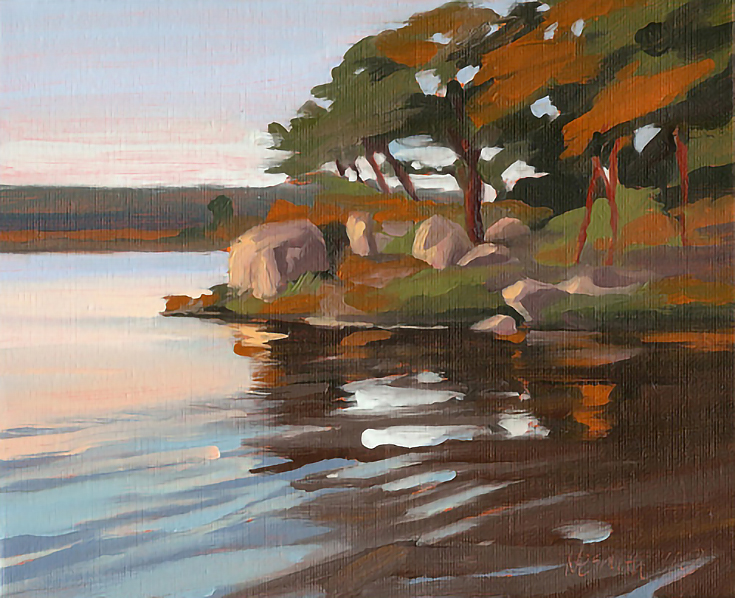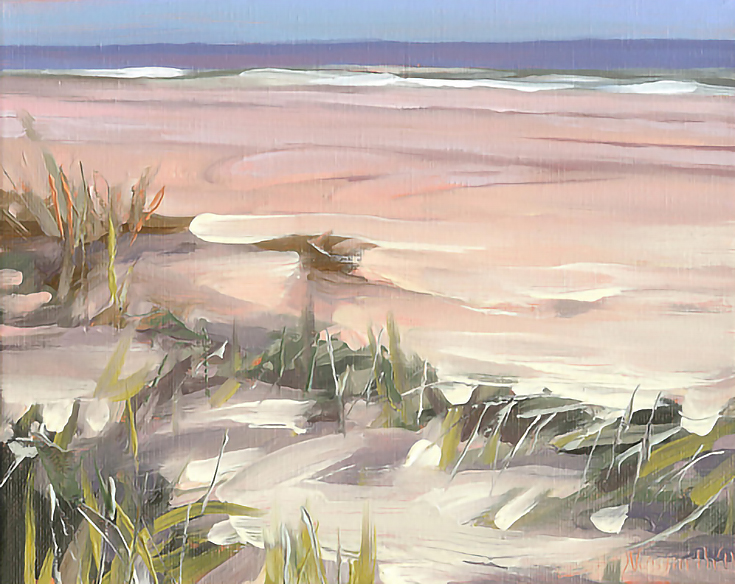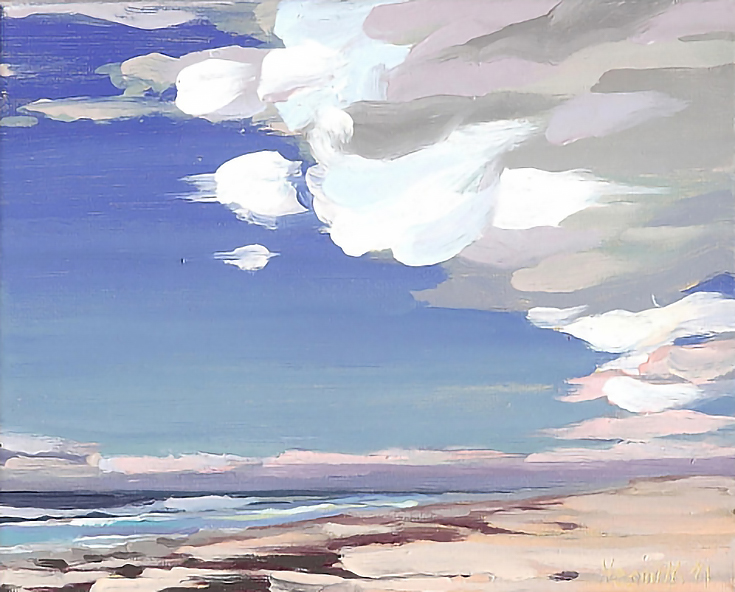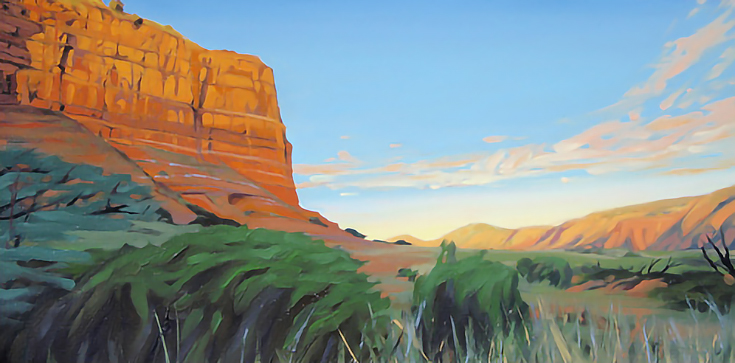As artists, we often obsess about the many and varied elements of our work. Everything from subject matter to color theory and paint handling come under close scrutiny.
But there’s one aspect that many of us often overlook: size.
Small, medium, or large, the dimensions we choose for our artwork will always have a tremendous impact on the effect it has on viewers.
As a young artist in college I was obsessed with large drawings and paintings. I rarely worked on anything smaller than three feet, and many of my paintings were six foot or more in size. Like much of the art world I believed that “bigger is better.” I equated size to quality, personal expression, and impact.
Over the years much has changed about my art making process. I’ve come to re-evaluate the “bigger is better” myth. In the process, my work has shrunk in physical size, but expanded in so many other ways. I’ve also come up with a few tips that I hope will help other artists work smaller as well. Here are some of the insights I’ve gained:
1. Suggest detail instead of illustrating it in full
Consider using large blocks of solid colors. Using large shapes and loose handling can help keep you from feeling “boxed in” or cramped in the smaller format. My painting The Rocky Shore contains very little in the way of details yet comes across as a realistic view of Lake Mineral Wells.
The foliage is rendered in two or three large masses of color. The ripples of the waves are freely handled brushstrokes. I don’t try to indicate a leaf or a blade of grass. There’s really very little need to. Our vision is not merely a function of our eyes. When we view something our mind acts as a filter, interpolating and extracting much than our eyes can see.
2. Keep thinking big – deep, wide, and far
Just because the canvas is small doesn’t mean that the sense of scale and depth have to be small. I often use strong diagonals and foreground elements to create an larger sense of space.
Frosted Field, above, is just 8″ x 10″ but it uses converging diagonals of a snow-covered plowed field to direct the viewer’s eye to a distant tree line, giving a sense of depth that isn’t constrained at all by the size of the painting.
And it can work with offset angles, too. I added depth to my small painting Along the Beach with a strong diagonal of sea oats in the extreme foreground.
A bit of aerial perspective, or the gradual shift in colors from warm to cool as they recede in space will also help to give an otherwise small scale painting a huge feeling of space and atmosphere.
3. Use larger brushes to maintain a loose feel
The smallest brushes I own are size 2, and most of my work utilizes size 4 rounds and flats or larger. Although my painting Clouds Over Galveston only measures 8” x 10” most of it was painted with size 6 and 8 bristle brushes. The clouds are formed from large, loose strokes of colors.
4. Exploit contrast
Increasing the changes in color, value, and even the sizes and placement of forms can help give small paintings a more expansive feel. My 12” x 24” painting Early Morning at Caprock Canyon puts a darker, cooler foreground against a brightly lit background.
I painted large bushes and tall grasses right at the bottom edge of the painting to give the impression of stepping into the landscape. There’s barely any physical space on the canvas between the foreground and the distant hills, but the overlapping strong contrast in value and color makes it seem like miles.
Lastly, don’t think of your smaller paintings as studies for a larger piece.
While it’s true that many small paintings may later be developed into a bigger work, try to think of your smaller paintings as complete and viable works of art on their own.
And as they say, one size doesn’t fit all. Whether large or small, success in painting depends on finding the right balance for each painting—between the subject portrayed, the size of the canvas, and your individual style and technique.
For more articles by Mark Nesmith, please visit paintdailytexas.blogspot.com.
This post may contain affiliate links.





